The problem with Indigenous Australian representation in media
Author: Skye Cusack
I recently came across this article, titled ‘Media inclusion of Indigenous peoples is increasing but there is still room for improvement’, which was published by Tristan Kennedy on 21 December 2021.
I have to say, I’m a fan of this article. Kennedy’s commentary on the link between racism and Australian journalism really resonated with me, on a professional level as someone who works with the Australian media, and on a personal note as a former Aboriginal child looking to the TV to conceptualize and affirm my opinions on my heritage and the place it holds in modern Australia.
This post is more of an anecdotal opinion piece, so I recommend reading Kennedy’s article for a more polished, well researched, and less biased piece of writing. I won’t try to summarise or paraphrase because I think it’s most appropriate to give credit to the author’s original work.
The paragraph that stuck with me the most was:
“The exclusion of Indigenous voices in the media causes more than minor discomfort. The under-representation of Indigenous perspectives contributes to the marginalisation of Indigenous peoples. Young Indigenous people turn on their television to see only scarce representation of their own people and culture. This sends a message that First Nations people come second to the white majority. That message sticks.”
Kennedy is so correct. As a mixed kid that went to mostly white schools, lived in mostly white neighborhoods and had mostly white friends, I had minor representation to empower or educate me. I, in a sense, didn’t know how to be Aboriginal. And with three in four Australians harbouring a negative opinion of Indigenous people, why would I even have wanted to try?
I think almost every mixed Indigenous person goes through this qualm: being neither white nor black enough. And it’s not just journalism that imparts this notion onto mixed youth. Movies and television are severely lacking in the realistic representation department. There are many disrespectful (and untrue!) stereotypes associated with First Nation people in Australian entertainment media, including primitive, drunk, violent and societal free-loader characters.
But now, while there is still a long way to go, there have been moves forward in the media space. For instance, the 2022 reboot of Heartbreak High has been celebrated for finally delivering an ‘accurate portrayal of a real, diverse Australian high school’.
Kennedy also notes that many Indigenous Australians are turning to social media as an alternative to mainstream media, as social platforms allow them to speak openly and use their voice. This is a big part of my mission at BluSkye - I want more First Nations people in the Marketing and Communications space, using their input to create content with their unique creativity and voices.
So, I encourage you to support Indigenous Australian voices. Follow them on social media, fight for more representation in Australian media, and empower where possible. Australia - no, the world - will be better for it.
